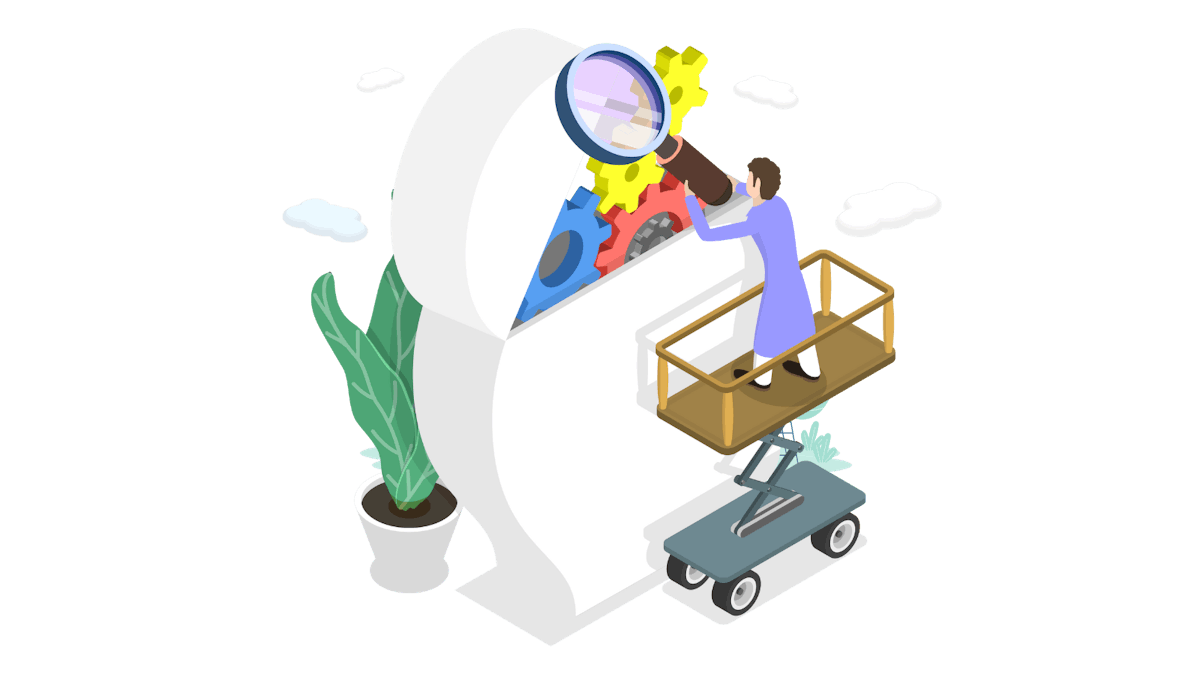How to build a JavaScript mental model

Let's explore what it means to build a mental model for JavaScript. To begin, I tried using ChatGPT to give me some ideas for catchy titles for this post. Here are two titles I refuse to use:
“Steps to create a mental model”
Let’s clarify this immediately. You already have a mental model! Unless you have never touched JavaScript before, you already possess a cognitive framework for making sense of it.
That “framework” might consist of very little if you have only done a few tutorials. On the other hand, it might be a complex, interconnected, and even contradictory assembly of strands of knowledge, borne from past projects, courses, and other encounters with JS.
So we’re not going to “create” a mental model. We’re going to improve it, consolidate it, and build it up.

“The only resource you need for building a mental model”
As much as a title like that will probably double my sign-up rate, it is a ridiculous claim.
Do not believe any course, YouTube tutorial, or publication that claims that a single resource is “all you need.”
The Great Sync, which helps you build a mental model, is NOT all you need.
It’s simply a new perspective.
The code editor fallacy and the power of perspective
What is the advice that 99% of successful developers tell beginners? “Stop watching so many tutorials and start building lots of projects.”
No, I am not going to disagree with this 😂. I 100% agree.
But…
If coding day-in and day-out, and building project after project turned you into a JS guru, why do so many developers still struggle with it?
What I have come to realize is that building your own projects is fundamentally important. But on its own, it’s not enough.
I call it “the code editor fallacy.” Unfortunately, for many people like myself, the necessary hours spent in front of the code editor are still insufficient. There is a missing piece of the puzzle.
.png?ixlib=gatsbyFP&auto=compress%2Cformat&fit=max&w=1200&h=675)
.png?ixlib=gatsbyFP&auto=compress%2Cformat&fit=max&w=1200&h=675)
That piece is perspective. Learning to code requires a new way of looking at problems - an alternative way of thinking. The code editor is too limiting to “think” and learn deeply. If your only interaction with JavaScript is through the code editor, your mental model will be two-dimensional.
How to build a strong mental model
Let’s reiterate: the hours spent in front of a code editor cannot be avoided. Frustration and struggle cannot be skipped. Even if you put in the hours and don’t give up, that doesn’t necessarily mean you emerge as a skilled and confident developer.
The key is variety.
The more varied your interaction with JavaScript, the more perspectives you will have. New perspectives force you to compare and relate what you already know. This is where the deep learning happens!
Here are some suggestions:
- Books like Eloquent JavaScript or similar
- Podcasts like Code Newbie, Syntax , HTML All The Things
- Whiteboarding, drawing, and pseudocode
- Fun IoT projects - use JavaScript to program Amazon Alexa
- Teaching others, even basic concepts
- Interactive games and visual resources - read my top 5
In other words, try and immerse yourself 💯
Variety is more than just where you get your JavaScript
I want to go deeper than "new perspectives". If you are familiar with my content, using different mediums is something you have probably heard me preach about before. But there is a lot more to building a powerful mental model.
Once again let's refer to Chat GPT's answer (the source of all knowledge these days, right? 😜 ). Once again, it's totally wrong. Here is a copy-paste answer:
"To build a solid mental model, learn these topics:
- Basics of JavaScript
- Functions
- Control Flow
- Objects and Arrays
- Scope and Closures
- Asynchronous JavaScript
- Prototypal Inheritance
- ES6+ Features
What you see above can be found in a Codecademy JavaScript course. Or the chapter outline in a programming book.
Going through each of these sections independently, one after another, all neatly separated into clearly defined blocks, will not help with building a coherent mental model.
In fact, it gives you false confidence. You think you know each topic. But true expertise lies in the gap between each topic, not in the topics themselves!
.png?ixlib=gatsbyFP&auto=compress%2Cformat&fit=max&w=1200&h=675)
How to really a build a career-lasting mental model
Watch the video below where I explain exactly what you need to do to build a JavaScript mental model.
